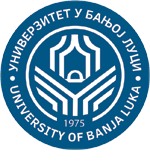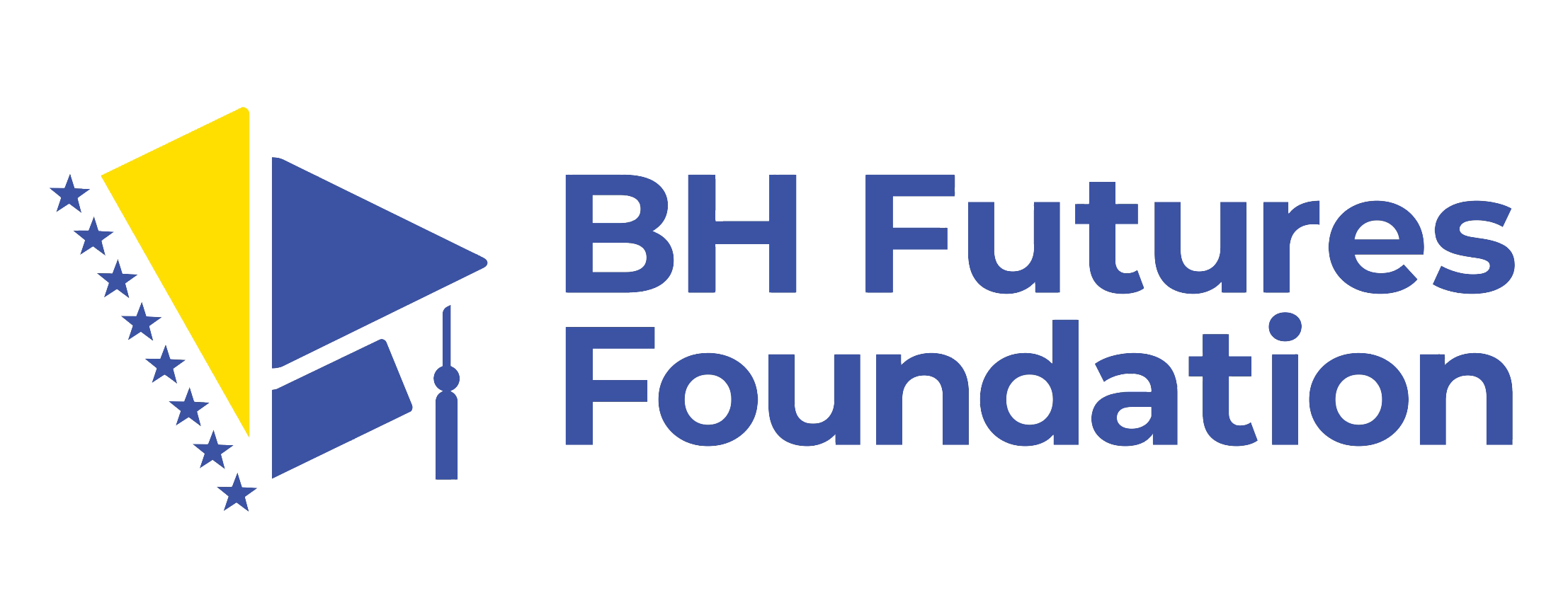XV International Symposium on Industrial Electronics and Applications - INDEL 2024
6-8 November 2024, Banja Luka, Bosnia and Herzegovina
The Symposium is sponsored by IEEE Industry Applications Society, IEEE Power Electronics Society and IEEE Industrial Electronics Society.
Keynote Speakers
Artificial Intelligence – Myth or reality

Vojislav Kecman is Professor Emeritus with Computer Science Department at the Virginia Commonwealth University (VCU) in Richmond, VA, USA where he directed the Learning Algorithms and Applications Laboratory (LAAL).
He was Fulbright Scholar at the M.I.T., Cambridge, MA, USA, Konrad Zuse Professor at FH Heilbronn, DFG Visiting Scientist at TH Darmstadt, Research Fellow at the Drexel University, Philadelphia, PA, DAAD Professor at the FHTW in Berlin and Soest as well as at the Stuttgart University. He also was the full faculty at The University of Auckland in Auckland, NZ, and Zagreb University.
Prof. Kecman authored several books in the areas of machine learning and artificial intelligence as well as in the fields of system dynamics modeling and control. His most popular book is ‘Learning and Soft Computing, Support Vector Machines, Neural Networks, and Fuzzy Logic Models’ published by The MIT Press, Cambridge, MA (about 3,000 citations). The book has been/is a recommended university textbook at about 100 universities all around the world including 20 universities in USA. The second edition of this book is by Pearson Education, New Delhi, India.
Professor Kecman delivered invited lectures at: Harvard, Moscow Engineering Physics Institute MEPhI, MIT, Uni Stuttgat, UC Santa Barbara, Rutgers University, as well as at the universities as follows - Humboldt, Singapore, Melbourne, Graz, Bremen, Dresden, Darmstadt, Claustahl, Maastricht, Vaikato, Soest, Novi Sad, Banjaluka.
More about Prof. Kecman can be found here: http://www.people.vcu.edu/~vkecman/Index.html
Abstract — The lecture will present origins of today’s AI, its roots in neural networks (NN), appearance of support vector machines followed by a retreat of NN and rebirth of NN as deep learning algorithms. Basics of present AI will be introduced added by some applications everywhere including electronics.
AI and Microelectronics – Reliability Perspective

Prof. Dr. Milos Krstic
IHP Microelectronics, Frankfurt (Oder)
University of Potsdam, Potsdam
Germany
Prof. Dr. Milos Krstic received the Dr-Ing. degree in electronics from Brandenburg University of Technology, Cottbus, Germany in 2006. Since 2001 he has been with IHP, Frankfurt (Oder), Germany, where he leads the department System Architectures. From 2016 he is also professor for “Design and Test Methodology” at the University of Potsdam. For the last few years, his work was mainly focused on communication system architectures, fault tolerant circuits and design methodologies for digital systems integration. Prof. Krstic has been managing many international and national R & D projects (GALAXY, EMPHASE, BB-KI-Chips, IC-NAO, ENROL, RTU-ASIC, SEPHY, DIFFERENT, VHiSSi, RESCUE, MORAL, BB-KI Chips, etc.). He has published more than 300 journal and conference papers, and registered 12 patents.
Abstract — In the last years we have witnessed the unprecedented development of AI in various application domains. From automated driving, to translation services and ChatGPT, AI became the everyday part of lives. Nevertheless, the principles which have been used for AI are known for decades, and the enabler which brought this technology again in the focus is the microelectronics. Technology scaling, power optimization, possibilities for heterointegration and fast interfaces, have enabled the implementation of very complex Deep Neural Networks (DNNs). On the other hand, AI processing is still coupled with very intensive processing, where “unreliable” emerging solutions are explored (such as use of the memristors) and used in the applications where reliability plays significant role (such as in AI for automotive or space applications).
This talk will address this exciting link of AI and microelectronics from reliability perspective. First of all, the reliability of the AI processing hardware will be analysed. On one hand, we will evaluate the reliability of classical digital Deep Learning Accelerator (DLA) but also, on the other hand, we demonstrate important reliability challenges of the hardware accelerators in mixed-signal domain based on memristive crossbar array. Finally, it will be demonstrated that AI could be used in the process of the reliability evaluation of the circuits, with the help of Graph Neural Networks (GNNs).
The Sound of Photosynthesis

Martin Trtilek attained his bachelor of microelectronics in 1992 from VUT in the Czech Republic. He is owner and CEO of Photon Systems Instruments (PSI). With hundreds of technical products and advanced software packages, PSI is the world leading company in the development and manufacture of instrumentation for imaging and monitoring of biological signals in plants and algae. PSI was the first company in the world to offer a chlorophyll fluorescence imaging system, and it has remained at the forefront of technology for monitoring growth and physiological activity in samples that range from individual cells to large crop and tree species. Today PSI technology can be found in over 80% of the top 100 research universities and institutes in the world. A PSI FluorPen device is also utilised by astronauts on the international space station (ISS). In 2016, Martin received the prestigious Ernst & Young (EY) Businessman/Entrepreneur of the year. He is also a Member of the board for commercialization, Institute of Microbiology of the CAS, v. v. i. Besides overseeing the development of a vast array of technological solutions, Martin is spearheading dozens of research projects especially in the development of methodology and instrumentations in Algae and Plant science. He is the author and co-author of over 100 publications.
Abstract — All living organisms are exposed to changing environmental conditions. These changing conditions help to develop various protection mechanisms, powerful regulatory pathways and feedbacks. The evolution of photosynthesis is, among other constraints, driven by selection of genes for photochemical energy conversion that is robust and, yet effective, in a fluctuating light environment. Variable cloud cover, moving canopy and ocean waves are among the dynamic factors that have been shaping the photosynthetic regulation since the first ancestors of modern plants emerged. The regulatory systems contain nonlinearly negative and positive feedback loops. This work present time frequency analysis of the chlorophyll fluorescence signal, like the response to harmonically modulated irradiance. We can tune different frequency of oscillating actinic light, which allows us to selectively play with individual feedback loop. This enables us to distinguish among mutations on the basis of patterns given by Fourier’s analysis.


















